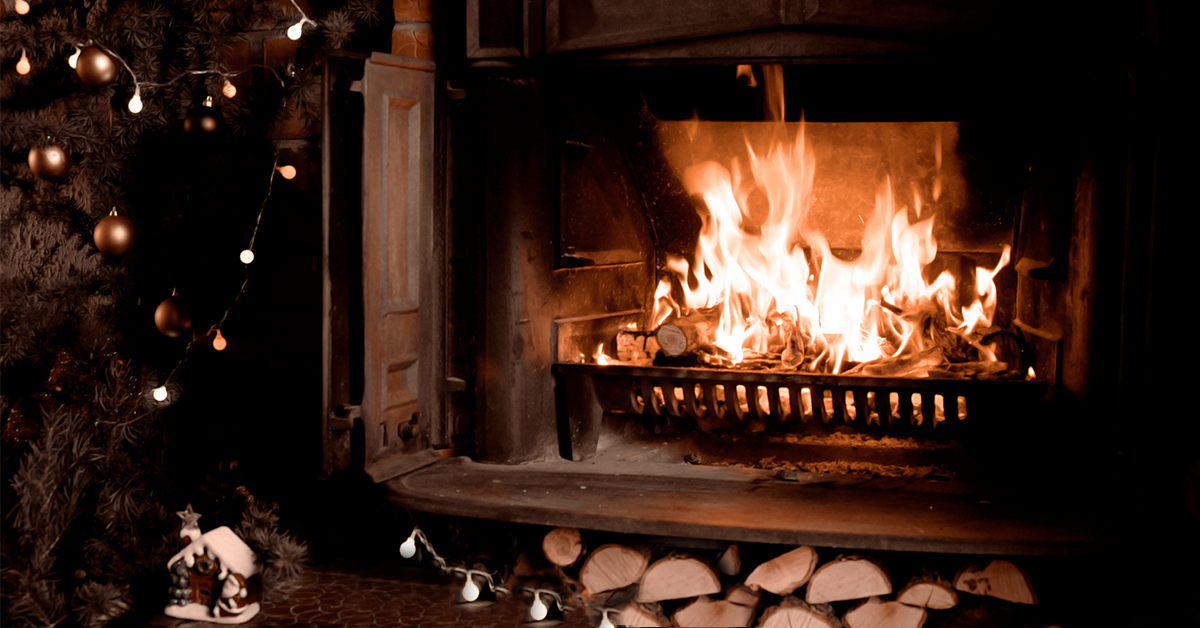Fireplace & Wood-burning Stove Safety Tips
December 14, 2021
There’s nothing more relaxing than snuggling up next to a fireplace. But as cozy as they make your house feel, fireplaces can also be extremely dangerous if the right precautions aren’t taken.
The U.S. Fire Administration estimates that 75% of confined home heating fires occur in the chimney and flue of your fireplace or wood-buring stoves. Nevertheless, performing simple safety practices and maintenance on your fireplace can help keep your fireplace in good condition, ensuring your family and home stay safe.
Also, consider the following guidance to ensure safe operation of your stove—keeping you, your family and your home protected against the risk of a fire. Here are some top fireplace safety tips to consider.
Fireplace Safety Tips
- Keep it clear. Clear out any debris from the fireplace and keep all flammable items like furniture, blankets and papers a safe distance away at all times.
- Inspect the chimney. Have a certified chimney specialist inspect and clean your chimney annually to reduce the risk of fire hazards and carbon monoxide buildup.
- Start the fire safely. Never burn charcoal or use lighter fluids to light the fire in your home, as they can cause deadly fumes and the potential for explosion.
- Don’t overload the fire. Overloading—which entails putting in more wood, paper and other ignitable materials in the fire than necessary—can overheat the walls or roof of your home. With this in mind, be sure to avoid this dangerous practice.
- Keep children away from the fireplace. Educate children about the dangers of fire to deter their curiosity and encourage them to keep a safe distance from the fireplace. In addition, consider installing a gate around the fireplace to prevent kids from getting too close.
- Put it out. Always the fire is completely out in the fireplace before leaving your home or going to bed for the evening.
Wood-Burning Stove Safety Tips
- Inspect the firebrick liner in your stove, if you have one. Should the liner show signs of wear, replace it immediately and do not use the unit until the liner is replaced.
- Don’t use flammable or combustible liquid (e.g., gasoline, kerosene or lighter fluid to start a fire.
- Burn wood recommended by the manufacturer only.
- Don’t burn plastic, wood or garbage that has been painted or treated with chemicals.
- Never close your damper with hot ashes in the fireplace. Doing so will cause the fire to heat up which will force toxic carbon monoxide into your house.
- Take extra care when disposing of hot ashes. Remember that these embers may remain hot for several days.
Even with the proper safety precautions, fireplace and wood-burning stove accidents can still happen. Take extra precautions by installing new smoke and carbon monoxide detectors in your home. This way, if a fire or accident does happen, you will be able to detect it as quickly as possible.
For more information and tips on how to keep your home safe from fireplace hazards, contact us today!

